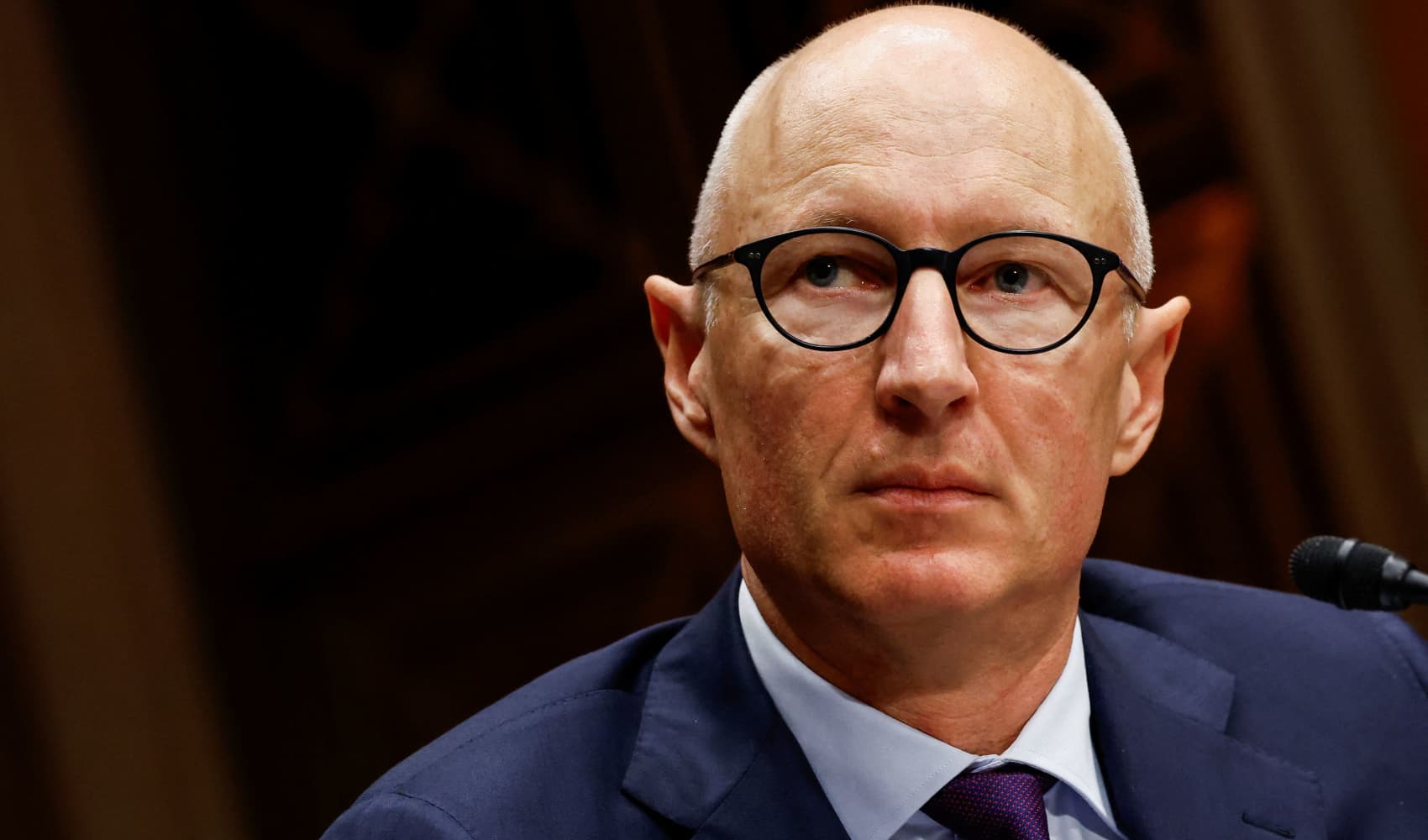Roche & Zealand's $5.3B Obesity Gambit: Inside the Deal
Obesity Drug Race: Roche's $5.3 Billion Bet on Zealand Pharma's Petrelintide
Introduction: The Weight Loss Revolution Heats Up
The battle against obesity is becoming a multi-billion dollar arena, and pharmaceutical giants are lining up to compete. Roche's recent deal with Zealand Pharma, a staggering $5.3 billion gambit, signals a significant power play in the weight loss drug market. This collaboration centers around petrelintide, an amylin analog poised to potentially disrupt the dominance of existing players like Novo Nordisk (Ozempic, Wegovy) and Eli Lilly (Mounjaro). But what exactly makes this deal so significant? And can petrelintide truly be the "next generation" weight loss drug?
The Deal: A High-Stakes Game
Unpacking the $5.3 Billion
Let's break down that hefty price tag. The $5.3 billion isn't just handed over upfront. It represents the potential value of the deal, including upfront payments, milestone payments linked to development and regulatory achievements, and royalties on future sales. This risk-sharing arrangement motivates both Roche and Zealand Pharma to push petrelintide through clinical trials and ultimately, into the hands of patients. Think of it as a high-stakes poker game – everyone's betting big, but the payoff could be enormous.
The "Very Competitive Process"
According to executives at both Roche and Zealand Pharma, securing this partnership involved a "very competitive process." What does that mean? It suggests other pharmaceutical companies were also vying for the opportunity to collaborate with Zealand Pharma on petrelintide. This competition drove up the price and underscores the perceived potential of this particular drug. Imagine a bidding war, with each contender raising the stakes until Roche emerged victorious.
Petrelintide: The Amylin Analog Advantage
What is Amylin and Why Does it Matter?
Amylin is a naturally occurring hormone released by the pancreas along with insulin after eating. It plays a crucial role in regulating appetite, slowing gastric emptying, and controlling blood sugar levels. Unlike the popular GLP-1 receptor agonists (like Ozempic and Mounjaro), which primarily target insulin secretion and appetite suppression, amylin analogs offer a different mechanism of action, potentially leading to complementary or even superior weight loss results.
Petrelintide's Potential "Next Generation" Status
The "next generation" label suggests petrelintide aims to surpass existing weight loss drugs in efficacy, safety, or both. Perhaps it offers a more targeted approach, fewer side effects, or a more sustainable long-term solution. The hope is that petrelintide will provide a more comprehensive metabolic benefit beyond just weight loss, addressing underlying issues like insulin resistance and glucose control.
The Players: Roche and Zealand Pharma
Roche: A Pharmaceutical Powerhouse
Roche is a global pharmaceutical giant with a vast portfolio of drugs and a proven track record of bringing innovative therapies to market. Their financial muscle, research capabilities, and global reach make them an ideal partner for Zealand Pharma. They have the resources to navigate the complex regulatory landscape and effectively commercialize petrelintide on a global scale.
Zealand Pharma: The Peptide Specialists
Zealand Pharma is a smaller, more specialized biotech company focused on peptide therapeutics. They possess deep expertise in designing and developing novel peptide-based drugs, like petrelintide. Their innovative research and early-stage development capabilities are highly valued by larger pharmaceutical companies seeking to expand their pipelines. They bring the scientific know-how, while Roche provides the commercial engine.
The Market: A Gold Rush for Obesity Drugs
The Booming Weight Loss Drug Market
The market for obesity drugs is experiencing explosive growth, driven by the increasing prevalence of obesity and the growing awareness of its health consequences. Novo Nordisk's Wegovy and Eli Lilly's Mounjaro have demonstrated remarkable weight loss results, fueling demand and attracting significant investor interest. This success has spurred a flurry of activity in the space, with numerous companies racing to develop new and improved weight loss therapies.
Competing with the Giants: Novo Nordisk and Eli Lilly
Roche and Zealand Pharma face a formidable challenge in competing with Novo Nordisk and Eli Lilly, who currently dominate the market. These companies have established brands, extensive marketing networks, and significant experience in the obesity space. To succeed, petrelintide will need to demonstrate a clear advantage in terms of efficacy, safety, or patient adherence. It's David versus Goliath, but with the right strategy, David can win.
The Development Pipeline: Ramping Up for Success
Clinical Trials: The Path to Approval
The success of petrelintide hinges on the results of clinical trials. These trials will assess the drug's safety and efficacy in a diverse patient population. Roche and Zealand Pharma will need to demonstrate that petrelintide leads to significant weight loss, improves metabolic health markers, and is well-tolerated by patients. The data from these trials will be critical in securing regulatory approval from agencies like the FDA.
Beyond Weight Loss: Exploring Additional Benefits
While weight loss is the primary focus, Roche and Zealand Pharma are likely exploring the potential of petrelintide to address other obesity-related health problems. This could include improvements in blood sugar control, blood pressure, cholesterol levels, and overall cardiovascular health. If petrelintide can offer a broader range of metabolic benefits, it could differentiate itself from existing weight loss drugs.
Challenges and Risks
Regulatory Hurdles: Navigating the FDA
Gaining regulatory approval from the FDA is a rigorous and time-consuming process. Roche and Zealand Pharma will need to provide compelling evidence of petrelintide's safety and efficacy to satisfy the FDA's requirements. Unexpected clinical trial results or safety concerns could delay or even derail the approval process.
Competition: A Crowded Field
The weight loss drug market is becoming increasingly crowded, with numerous companies developing new therapies. Roche and Zealand Pharma will need to differentiate petrelintide from its competitors to capture market share. This could involve demonstrating superior efficacy, a more convenient dosing regimen, or a better safety profile.
Manufacturing and Supply Chain: Scaling Up Production
If petrelintide is approved, Roche and Zealand Pharma will need to scale up production to meet the anticipated demand. This requires establishing robust manufacturing processes and securing reliable supply chains. Any disruptions in manufacturing or supply could limit the availability of the drug and hinder its commercial success.
The Future: What Lies Ahead for Petrelintide?
Potential for Combination Therapies
One potential strategy is to combine petrelintide with other weight loss drugs or therapies to enhance its efficacy. For example, it could be combined with a GLP-1 receptor agonist to create a more potent weight loss regimen. Combination therapies could offer a more personalized approach to weight management, tailored to individual patient needs.
Long-Term Impact on Obesity Treatment
If successful, petrelintide could have a significant impact on the treatment of obesity. It could provide a new and effective option for patients who have not responded to existing therapies. It could also help to reduce the stigma associated with obesity and encourage more people to seek treatment.
Conclusion: A Bold Move in the Obesity Battle
Roche's $5.3 billion bet on Zealand Pharma's petrelintide is a bold move in the escalating battle against obesity. This partnership aims to challenge the dominance of Novo Nordisk and Eli Lilly with a potentially "next generation" amylin analog. The success of this venture hinges on the results of clinical trials, regulatory approvals, and the ability to effectively compete in a crowded market. Whether petrelintide will become a blockbuster drug remains to be seen, but the deal underscores the growing importance of obesity treatment and the significant investment being made in this space.
Frequently Asked Questions
- What is petrelintide, and how does it work? Petrelintide is an amylin analog, a synthetic version of a naturally occurring hormone that helps regulate appetite, slow gastric emptying, and control blood sugar levels. It works differently than GLP-1 receptor agonists like Ozempic, offering a potentially complementary approach to weight loss.
- How is petrelintide different from Ozempic or Mounjaro? While Ozempic and Mounjaro are GLP-1 receptor agonists that primarily stimulate insulin secretion and suppress appetite, petrelintide mimics the effects of amylin, which has a broader range of effects on glucose control, gastric emptying, and satiety. This difference could lead to unique benefits or a different side effect profile.
- What are the potential side effects of petrelintide? The specific side effects of petrelintide are still under investigation in clinical trials. However, common side effects associated with amylin analogs may include nausea, vomiting, and appetite changes. More detailed information will become available as clinical trials progress.
- When will petrelintide be available to patients? It's difficult to predict the exact timeline. The drug needs to successfully complete clinical trials, receive regulatory approval from agencies like the FDA, and then be manufactured and distributed. If all goes well, it could potentially be available in several years.
- Why did Roche invest so much money in this deal? Roche believes that petrelintide has the potential to be a significant player in the growing obesity drug market. The $5.3 billion reflects the potential value of the drug, including upfront payments, milestone payments, and royalties on future sales. It's a high-risk, high-reward investment in a promising therapy.

